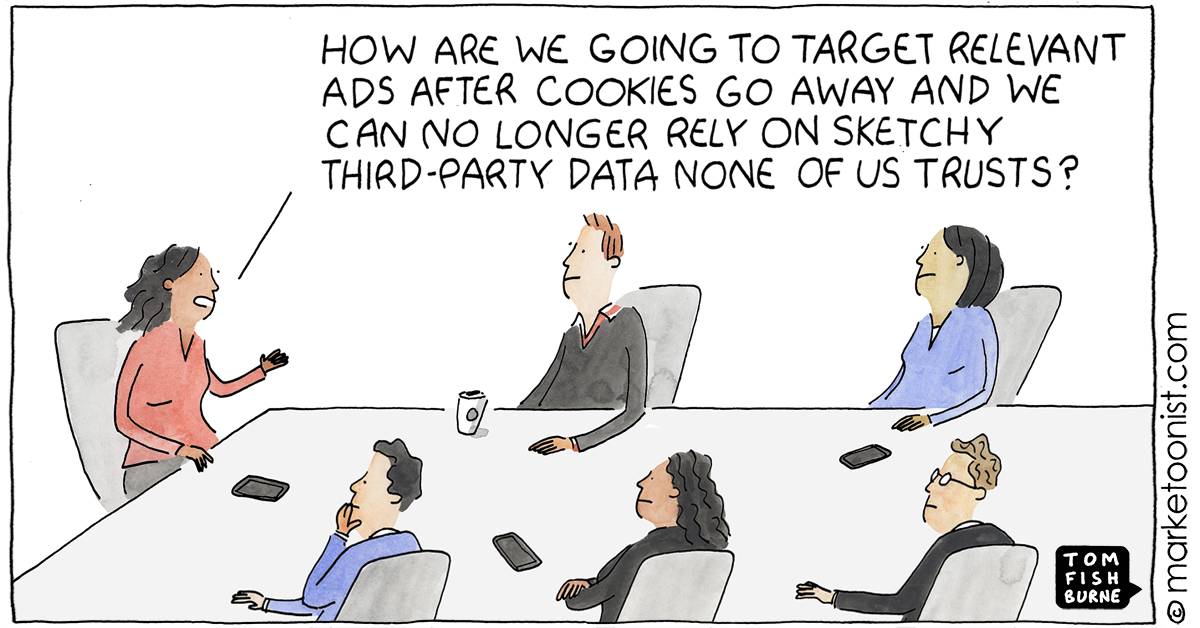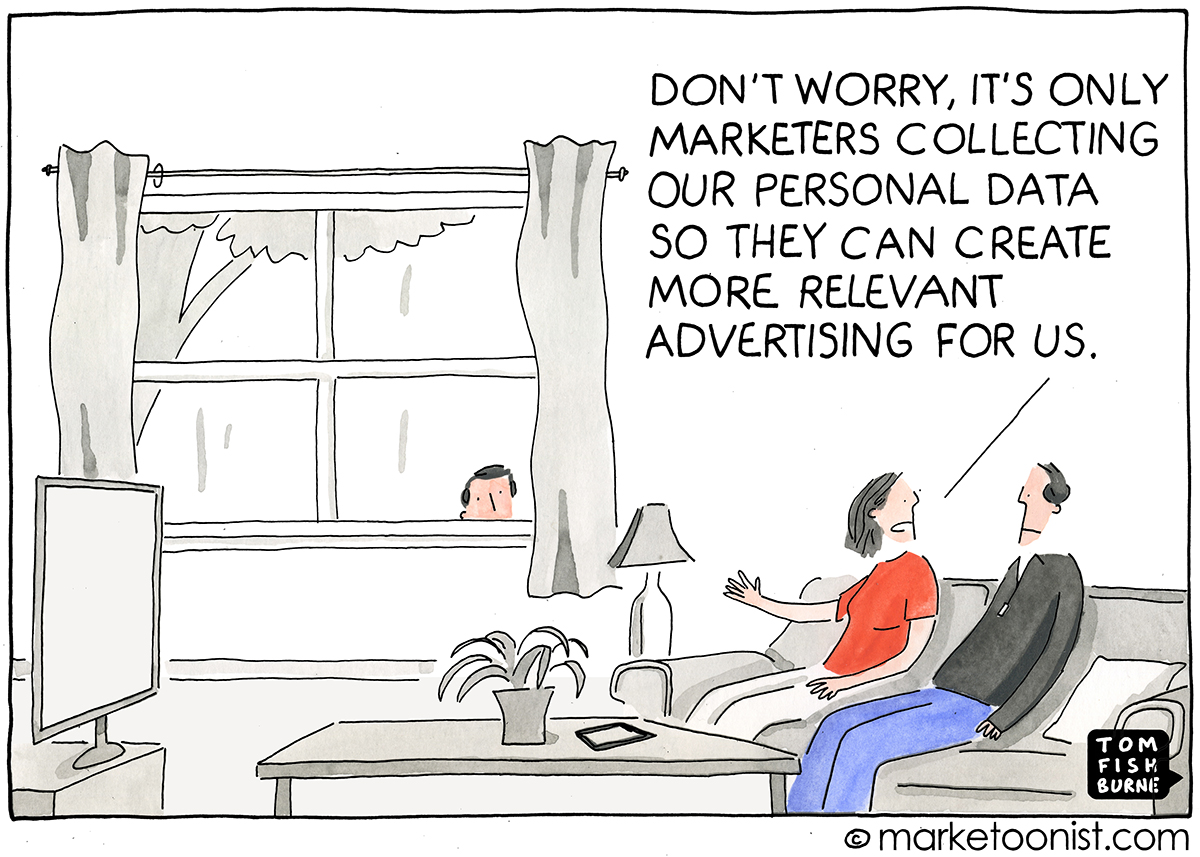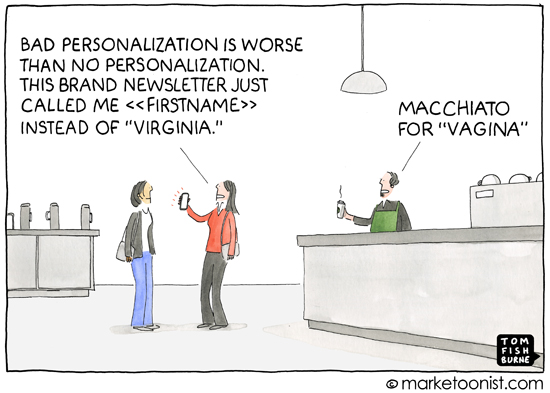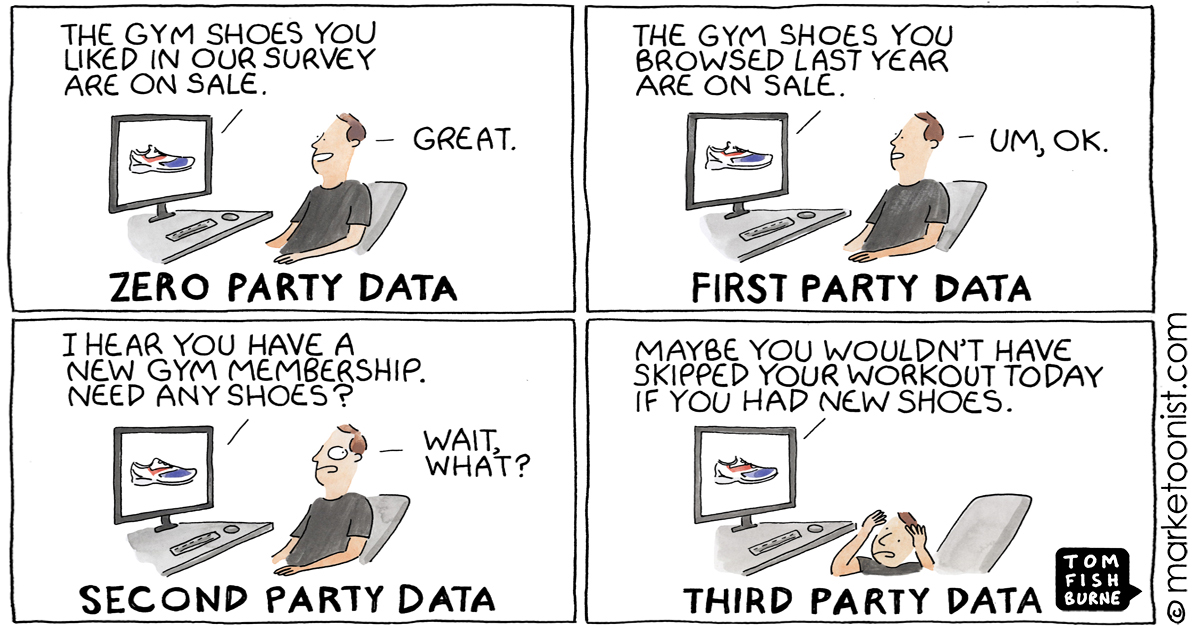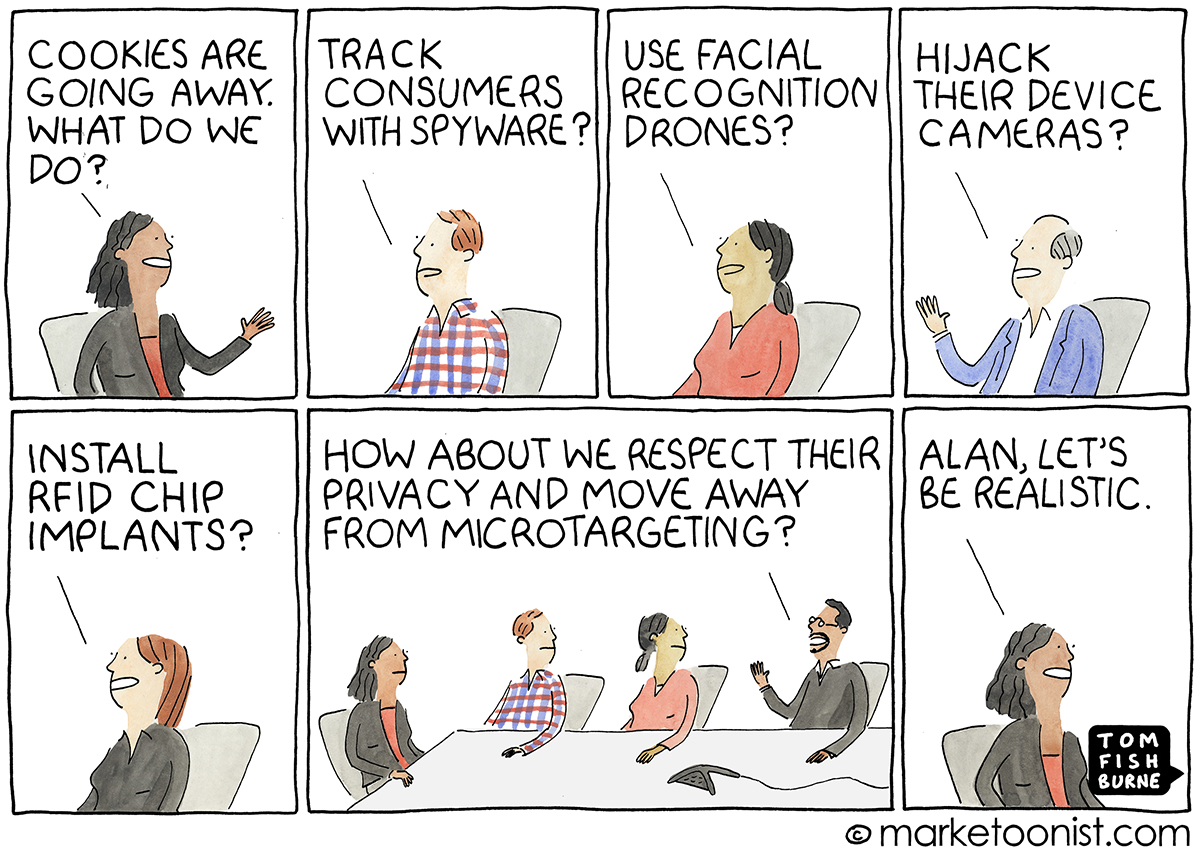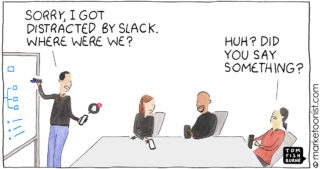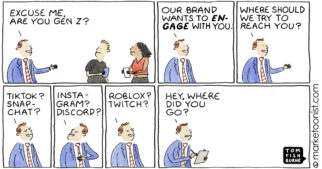As marketers prepare for the end of third-party cookies, it’s good to remember how inaccurate much of that third-party data is.
A couple years ago, a group from MIT, GroupM, and Melbourne Business School studied the accuracy of third-party data that is regularly collected and sold by data brokers as the foundation of programmatic advertising. They looked at some of the most common data points in B2C advertising — including “Age” and “Gender” — and then checked the accuracy.
They found that “Gender” was only 50% accurate. It was the most accurate data point in the data set sold by these data brokers, and it was no more accurate than a coin toss. The accuracy of “Age” dropped to 25%.
Forrester found that only 12% of B2B marketers have high confidence in the accuracy of the data they manage.
Peter Weinberg at LinkedIn dubbed this state of affairs “the subprime data crisis.” As he put it:
“As far as I know, few attempts have been made to test the accuracy of 3rd party B2B data. But if we can’t get gender right 50% of the time, how good do you think we are at identifying IT Decision Makers, or Airplane Procurement Specialists? I would guess the accuracy is below 10%…
“Tactics like personalization are based on a very naive assumption. An assumption that the data is all good. And the data is not all good. As we’ve seen, the data is mostly bad.”
In a separate interview, Peter said:
“The more hands the data passes through — if you’re buying data from somebody who’s buying data . . . that’s where the accuracy starts to decline. If the vendor can’t explain to you in a single sentence where the data came from, I think that’s a red flag.”
Consumer privacy is getting most of the attention in this next stage of digital advertising. But when third-party data is no more accurate than a coin toss, why has it been relied on as much as it has? Bad personalization is worse than no personalization.
Here are a few related cartoons I’ve drawn over the years:
